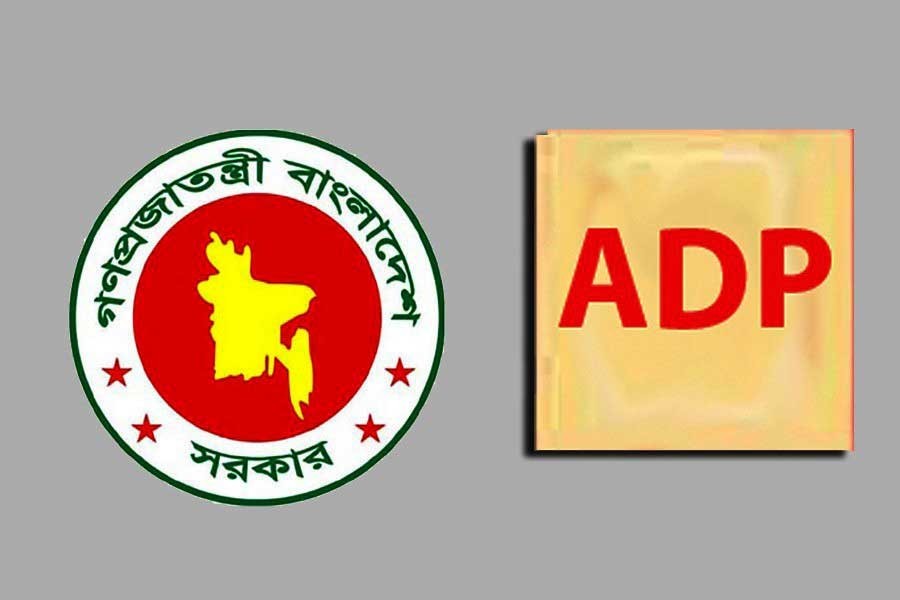
Published :
Updated :

The size of the Annual Development Plan (ADP) for the upcoming fiscal year 2021-22, which was approved by the executive committee of the national economic council (ECNEC) on Tuesday last, is in line with suggestions made by most economists. It is bigger, in terms of financial allocations, than both original and revised ADP for the current FY.
Adoption of an ADP bigger than that of the previous year is nothing unusual. Rather, it has been happening for decades.
The time is different now. A deadly pathogen named SARS-CoV-2 has been taking a heavy toll on life and livelihood. The virus has slowed down an otherwise booming economy, cutting employment and pushing up the poverty rate since March last year.
Economists have been pleading for higher public spending during the next FY to help generate demand in the economy and incorporate fiscal measures in the next budget so that people have enough money to buy goods and services.
The ADP that includes hundreds of development projects, big and small, does have a role in creating jobs, though temporary, and inject fresh funds into the economy. The distribution of cash to poor and low-income people could be another effective way of boosting consumption.
The mobilisation of both tax and non-tax revenues has suffered badly because of the pandemic. The situation necessitates a cut in its normal spending. But to keep the economy afloat, the government can hardly afford that. In such a situation, the government would have to deal with a bigger budget deficit. If not from non-bank sources, borrowing big from banks, which is less expensive, remains a feasible option. Some experts even favour taking loans from external sources since it involves the least cost.
When higher public spending on development projects is required under the prevailing circumstances, it is incumbent upon the government to ensure that the same help achieve the objectives, particularly the one relating to employment generation. The government has allocated a huge amount for large or mega infrastructure projects. Those are necessary, no doubt, but labour-intensive projects should have been a priority for the policymakers.
One can hardly skip the issue of the poor rate of execution of development projects when it comes to ADP. Only 42 per cent of the ADP allocation was spent during the first nine months of the current FY, according to the data available with the Implementation, Monitoring and Evaluation Division (IMED).
However, the execution rate shown in IMED data does not anyway represent the actual physical implementation of the projects. In most cases, it relates to the release of funds in favour of relevant ministries/ divisions/ agencies.
This process does help the concerned executing agencies to show 85 to 90 per cent execution of development projects at the end of every FY. A hurried release of project funds at the last moment does the trick, it is assumed.
The issue of delayed implementation of development projects with a cost overrun has remained unattended for many years. It has a role in the accumulation of wealth by an unscrupulous section of people and the so-called flight of capital. Since it benefits the powerful quarters, the issue would continue to be bypassed. For eternity? Who knows?


 For all latest news, follow The Financial Express Google News channel.
For all latest news, follow The Financial Express Google News channel.